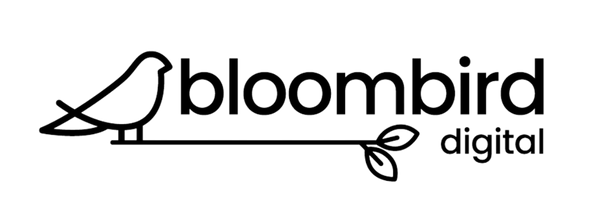What’s new in Google ads so far this year
As we progress through 2025, Google Ads is undergoing significant transformations, primarily driven by advancements in artificial intelligence (AI), shifts in privacy regulations, and evolving user behaviors. For businesses and marketers, staying up to date is crucial to maintain effective advertising strategies. Here's an overview of the latest updates in Google Ads and their implications:
AI-Powered Advertising Enhancements
Google is intensifying its focus on AI to revolutionize advertising experiences. The integration of AI aims to enhance ad personalization, automate creative processes, and optimize bidding strategies. This shift is evident in the development of AI-generated visuals, automated ad variations, and improved matching of ads to user intent rather than solely relying on keywords. Search Engine Journal
Evolution of Search Behavior and Ad Formats
The traditional keyword-centric approach is giving way to more intent-driven strategies. Google's advancements in natural language processing and AI capabilities are enabling a deeper understanding of user intent, leading to more relevant ad placements. Additionally, there's a noticeable shift towards more visual and interactive ad formats, especially on platforms like YouTube and within Google's search ecosystem. Just Global | B2B Marketing AgencySearch Engine Journal
Privacy and First-Party Data Emphasis
In response to growing privacy concerns and regulatory scrutiny, Google has delayed the phase-out of third-party cookies, initially planned for 2023, now pushed to 2025. This delay underscores the importance of first-party data, prompting advertisers to focus on building direct relationships with consumers and leveraging their own data for targeting and personalisation. The Wall Street Journal+1The Verge+1
Policy Updates Impacting Ad Placements
In April 2025, Google updated its "Unfair Advantage" policy, allowing the same brand to appear in multiple ad placements on a single search results page, provided each ad occupies a different location. This change could increase visibility for larger advertisers but may also intensify competition and impact costs for smaller businesses. WordStream
Strategic Recommendations for Advertisers
To navigate these changes effectively:
Embrace AI Tools: Utilise Google's AI capabilities for ad creation and optimisation to enhance performance.WordStream
Focus on First-Party Data: Invest in strategies to collect and leverage your own customer data, ensuring compliance with privacy regulations. WordStream
Adapt to New Ad Formats: Explore and incorporate more visual and interactive ad formats to engage users effectively. Search Engine Journal
Monitor Policy Changes: Stay informed about Google's policy updates to adjust your strategies accordingly and maintain competitive ad placements.
By proactively adapting to these developments, advertisers can position themselves for success in the evolving digital advertising landscape of 2025.
